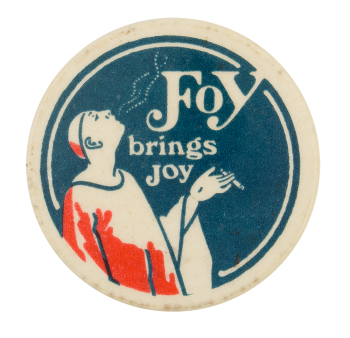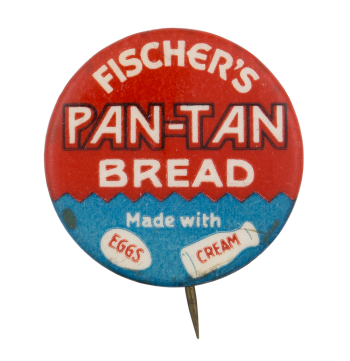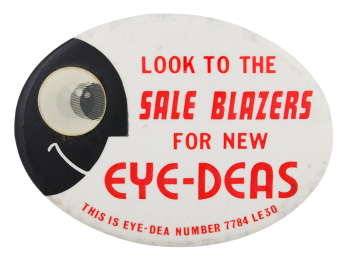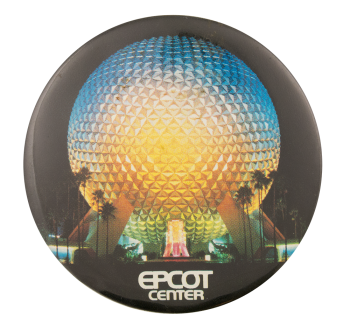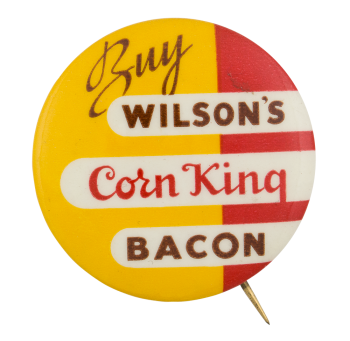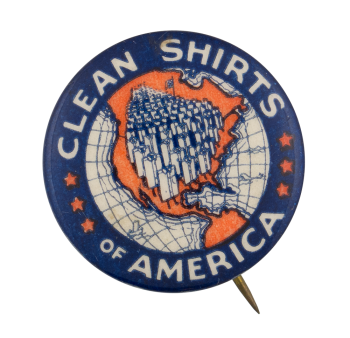Foy Brings Joy
| Category | |
|---|---|
| Additional Images | |
| Sub Categories | |
| Text on Button | Foy brings joy |
| Image Description | A red and white monk illustration exhales smoke while holding a cigarette. Button has a blue background with white text, with the button edges outlined in white. |
| Back Style | |
| The Shape | |
| The Size | |
| Year / Decade Made | |
| Additional Information | Foy was a manufacturer of rolling papers in the 1960-1970s. The relaxed man exhaling smoke is Mr. Foy, demonstrating how "Foy brings joy." Some packages were "produced with pure hemp fibre", a statement printed between two cannabis leaves. |
| Sources |
Bell, A. (n.d.). Foy Papers. Retrieved July 28, 2020, from http://www.rollingpapers.net/Foy/Foyhemp.htm Hake, T. (n.d.). FOY BRINGS JOY ROLLING PAPERS EUROPEAN ADVERTISING BUTTON. Retrieved July 28, 2020, from https://www.tedhake.com/FOY_BRINGS_JOY_ROLLING_PAPERS_EUROPEAN_ADVERTIS… |
| Catalog ID | AD0027 |

